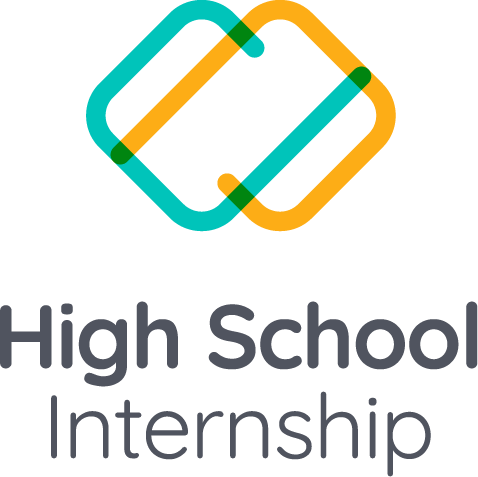Roblox is a game-creation platform where students can design and upload their own games, as well as play other games in a multiplayer online environment. Roblox provides scripting tips and design elements through Roblox Studio – a free game creation platform that helps budding designers create and contribute games and activities. Through the platform and its features, students develop skills like creativity, self direction, storytelling, coding, giving and taking feedback.
1. Learn how professionals build games
Using Roblox Studio to build games exposes students to real tools and techniques professionals use to develop games. Beginners who are keen to learn game design and haven’t learned to code yet can use the Roblox Studio’s game builder to create a game world of their own game environment, obstacles, difficulty levels and score systems.
Students with some experience or those interested to learn coding can use the coding language Lua to develop their own games on Roblox Studio. Coding a game gives the game developer control over the game dynamics and the ability to completely redefine the game, its movements and the game environment with fine precision. Coding the game also makes the game look and feel professional, and in this process students experience developing a game just like a professional developer would.
2. Learn to plan and think computationally
Building a game either by using a game builder or by coding it requires the game developer to think logically and systematically. In the planning phase, even before a game is developed, one needs to think about factors like the objective of the game, storyline, types of players to attract, obstacles players will encounter, difficulty levels the game will need and how players earn points.
When building the game, students will have to build each game component sequentially with great attention to detail. S/he will learn that a computer by itself isn’t intelligent so the instructions given to build each component have to be clear.
3. Storytelling
The best games are challenging yet fun with a compelling narrative and an objective to strive for. While developing the game and making key decisions like choosing the game character/s, difficulty levels, scoring system, etc, students will constantly have to ask themselves “why will a player start playing my game and continue playing it?”. The objective of the game with the narrative will help them answer this question.
During BSD camps, we have found that it is a helpful starting point to provide students examples of games with good narratives for inspiration. Then they spend up to one lesson writing down their game’s objective and narrative; then share this with their instructor and peers to get their feedback and improve it.
4. Self direction and creativity
Developing games is an inherently creative exercise. Students are engaging in imagining characters, worlds and experiences that don’t exist yet. Then they learn to use the right tools and techniques to bring their imagination to life.
To successfully build original games, students are given a high amount of autonomy, and are encouraged to test their ideas by building prototypes.
5. Problem solving
Working with technology tools and code requires students to be able to spot errors and solve them on their own. This methodical review develops their attention to detail, makes them process oriented and encourages self-reliant learning.
In BSD camps where there are always groups of students, they are encouraged to work in groups to solve problems collaboratively.
6. Learn to code
Learning how to code makes the students literate in 21st century skills and develops mindsets and behaviours like computational thinking, attention to detail, collaboration, creativity and problem solving. It empowers them to create their own tools and products using technology. It’s more than just a technical skill!
Roblox games can be made unique by developing them using a coding language called Lua which is very similar to JavaScript and Python. Students can use the code editor to create custom actions, conditions, or game mechanics. In doing so they are exposed to programming concepts like loops, conditionals, arrays, and inheritance. Though earning Lua, students develop a transferable foundation that can assist their future transition to discover other coding languages more confidently.
7. User testing and feedback
After creating the first version of the game, students are asked to demo their game and share it with their peers for testing and feedback.
While their peers are playing their games, they are advised to observe how they play the game and request feedback. Based on their observations and peer feedback, students determine the priorities to improve their games.
This testing and feedback cycle is not limited to one time, it is repeated as often as needed to make the game perfect.
8. Digital citizenship
While developing and customizing their game, students will need to search for resources like images and tutorials online. They learn about image selection and audience appropriate content, copyright, royalty free images and the importance of crediting the work of others properly.
There is an overwhelming amount of evidence in education for the power of the real world to capture the minds of young learners. At the same time, no one can dispute the incredible popularity and fascination that children and adults share for fiction. Roblox has achieved a exceptional balance of creating a platform that has succeeded in marrying fantasy with reality in a platform that has the tools to introduce the real world through a user friendly package, intuitively constructed and able to maintain the focus of curious young imaginations.

